Marketing a SaaS product is unique due to its intangible, digital, and subscription-based nature. A PPC for SaaS marketing strategy involves a more complex customer journey, often including a free trial, customer onboarding, and retention strategies.
It’s not just about customer acquisition but also about retention and lifetime value, as revenue is generated over time. The decision-making process for SaaS products tends to be longer, requiring content marketing and thought leadership. Also, the global and scalable nature of SaaS products necessitates adaptable marketing strategies for different markets.
Before we delve into the meat of the matter, let’s look at the basic terms so we have a smooth sail when we go into more technical parts.
Table Of Contents
- What is SaaS marketing?
- Introduction to PPC for SaaS business
- Keyword Research and Selection
- Ad Copy Optimization
- Landing Page Optimization
- Ad Campaign Testing and Experimentation
- Monitoring and Maintenance Optimization of Ad Performance
- Conclusion
What is SaaS Marketing?
SaaS marketing strategies in this context are not exactly the same as traditional marketing methods. How is SaaS marketing different?
SaaS products are not physical products that can be yanked off a shelf or put into a cart in an eCommerce store. This is why you must understand what SaaS is itself to build an effective SaaS marketing plan.
SaaS marketing is a subset of marketing focused on promoting and selling Software as a Service (SaaS) products. SaaS, a model of software delivery where customers access software over the internet, often through a subscription, has unique characteristics that necessitate specialized marketing approaches.
Unlike physical products or even downloadable software, SaaS products are intangible, exist in the cloud, and are typically accessed through a web browser or app. The customer does not own the software but rents it, which shifts the relationship between the customer and the product. Consequently, the marketing strategies for SaaS products differ significantly from those for traditional products.
In SaaS marketing, the focus is not only on customer acquisition but also on customer retention and lifetime value. Since SaaS operates on a subscription basis, the profitability of a customer is spread over the duration of their subscription. Therefore, maintaining a long-term relationship with the customer is crucial, which requires continuous engagement, excellent customer service, and strategies to reduce churn.
Further, the decision-making process for SaaS products is often longer and involves multiple stakeholders. This necessitates an emphasis on content marketing, thought leadership, and nurturing relationships with potential leads over time. Demonstrating the product’s value and its return on investment is crucial in SaaS marketing, often achieved through free trials, demos, and case studies.
Finally, SaaS products are inherently scalable and global. As such, SaaS marketing must consider factors like localization, different pricing models, and compliance with local regulations. A one-size-fits-all approach does not work in SaaS marketing; strategies must be adaptable to different markets and customer segments.
Introduction to PPC for SaaS Business
PPC, or Pay-Per-Click advertising, offers a practical solution to ever-evolving customer needs in SaaS marketing. Here are the key benefits:
- Expanded Reach and Targeted Audience: PPC places your business in front of your target audience. It helps generate leads and conversions, contributing to customer acquisition and retention.
- Quick Research: Aside from bringing direct results, PPC allows SaaS companies to test their hypotheses fast and see if their conversion rate optimization efforts and target audiences are actually working. This knowledge can later be used to enhance other channels, like SEO and email marketing.
- Affordability: With PPC, you’re charged only when someone clicks your ad, optimizing your budget. It also allows you to set daily budgets or pause campaigns.
- Flexibility: PPC ads are highly customizable. You can control ad duration, frequency, target audience, and even modify content within the campaign.
However, challenges exist:
- Problems with attribution: Due to a longer customer journey, it can be hard to accurately measure the results of PPC marketing. For example, a customer might register after clicking a PPC for SaaS ad, but make a purchase later. Without additional analytics setup including user id, that purchase won’t be attributed to paid ads. Also, it is harder to calculate a customer’s LTV.
- No Shortcuts: PPC demands thorough analysis and troubleshooting, especially regarding keyword performance.
- Broad Target Range: Overly broad campaigns can lead to underperformance. Using specific, relevant keywords and precise audience targeting can help.
Despite these challenges, with the right strategies, PPC can significantly benefit your SaaS marketing.
Keyword Research and Selection
Keywords are crucial markers that direct your target market to your SaaS products. They are words that potential customers use when searching for your services. Identifying these words requires keyword research, a method that helps you discover the terms that align with your customers’ needs.
Keyword research is a cornerstone of any SaaS marketing strategy. Without it, you risk using random keywords and hoping for conversions, which is inefficient and can lead to wasted ad spend. The right keywords ensure your ads are seen by those who genuinely need your product, thereby enhancing conversion rates.
Consider the intent of the customer during keyword research. Ask, “What were they thinking when they landed on my page?” or “What are they looking for?” Understanding customer intent guides your keyword usage, making you more visible and satisfying to your customers. It helps you target keywords that match your audience’s needs and create marketing content that answers their questions in a user-friendly way.
Content should also be optimized for search engines, so it’s recognized and delivers valuable insights. There are four stages within the marketing funnel that demonstrate customer intent and dictate your keyword usage. These stages are:
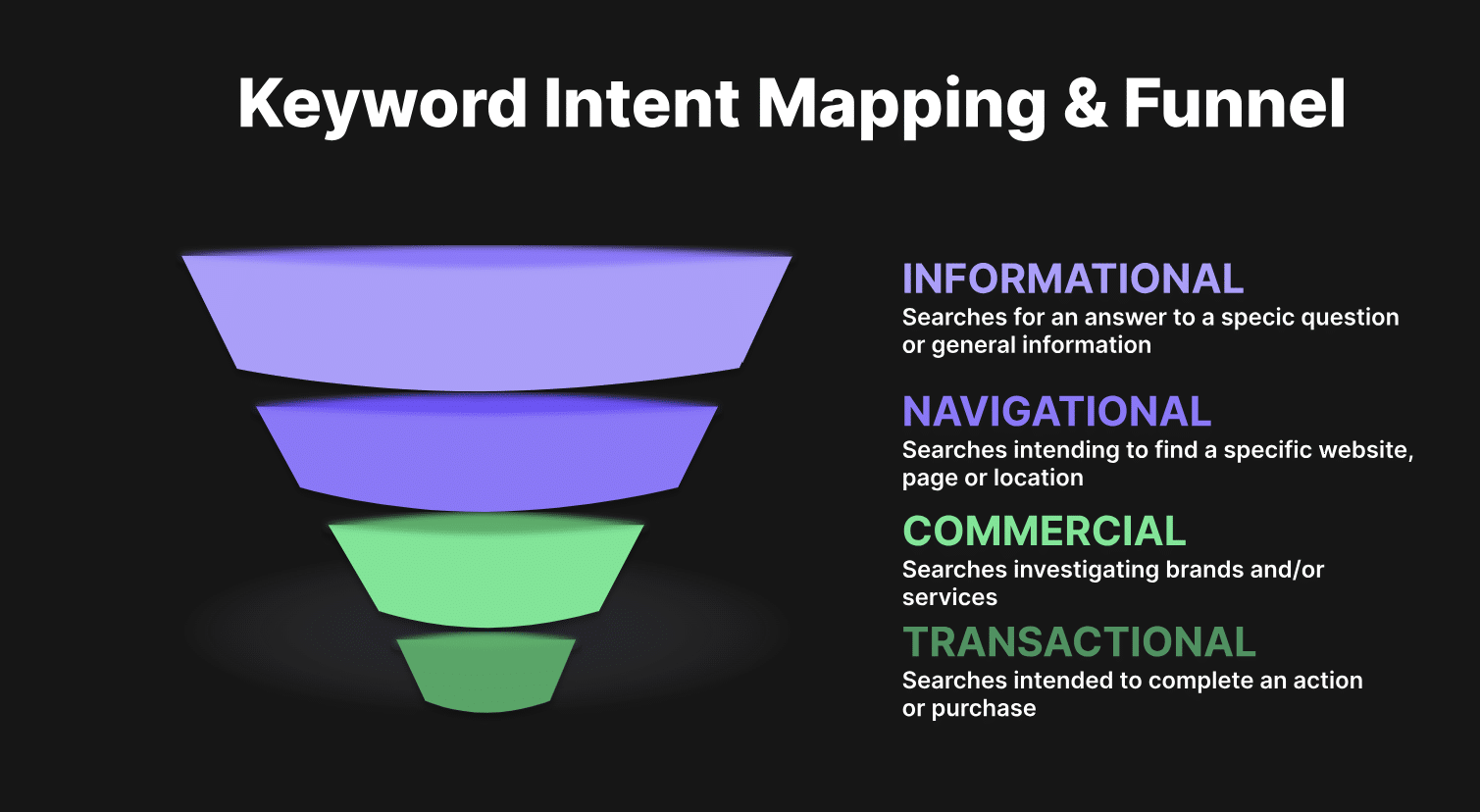
1. Informational intent: This involves keywords targeted at customers seeking more information about your SaaS product or related topics. These keywords can be incorporated into FAQs or content addressing common industry issues or product challenges.
2. Navigational intent: This pertains to searches for a specific page or website. Such intent may involve branded keywords in the query, centered around brand names and product names, helping potential customers locate your page.
3. Commercial intent: These keywords provide information to customers before finalizing a purchase decision. They can be found on SaaS review sites and contain keywords like “best,” “alternatives to,” and comparisons between different SaaS companies.
4. Transactional intent: These are the keywords used when customers are ready to make a purchase. Examples include “free trial,” “price,” “discounts,” and “coupons.”
To find the right keywords, you can employ several keyword research methods that work well for both PPC and search engine optimization.
Brainstorm a list of keywords
Brainstorming keywords is a basic yet effective method. Think of terms your customers use when searching for your products, consider their challenges, and how your product solves these. For example, for a time management SaaS, keywords could be “best online to-do lists” or “task management app tips.”
Look at your Google search console data
Google Search Console data provides insights into your keyword performance. It shows the ranking of your keywords, their impressions, clicks, and click-through rates, which can help improve your strategy.
To refine your approach, sort by click-through rates to identify pages with high impressions but low engagement. By clicking “New” then “Page”, you can input a URL to see its ranking keywords.
Filter these keywords based on position to find high-ranking ones (typically those ranking between 5 and 20), which can be used as secondary keywords or for new pages to improve your site’s rank.
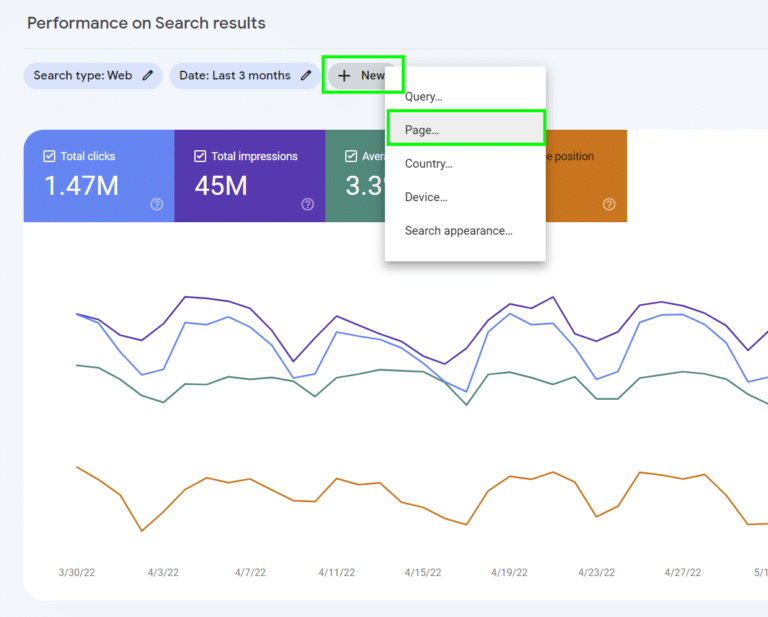
You can also use the regex command to search for question-based keywords (“who”, “what”, “when”, “where”, “which”, “how”) to answer customer queries and address their needs. This method enhances your content marketing strategy, generates leads, and drives conversions.
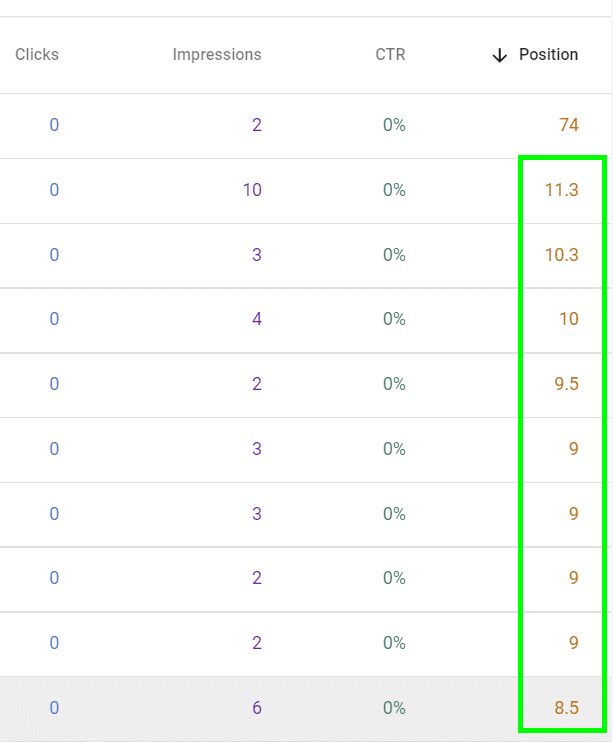
Use Keyword Research tools
Keyword research tools assess your keywords’ relevance based on metrics like monthly search volume and keyword difficulty. Tools like Ahrefs show search frequency and ranking difficulty for each keyword. Typically, choose keywords with a difficulty score under 15, and avoid those above 80 as they’re hard to rank for.
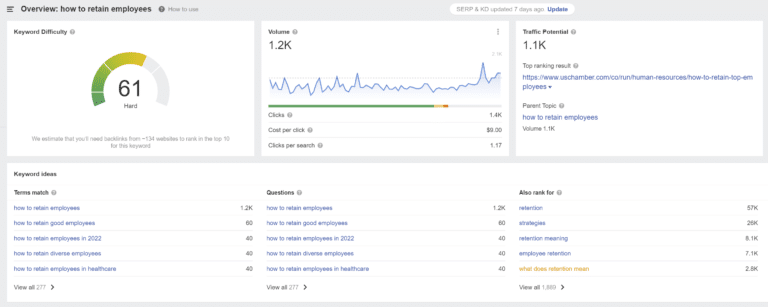
Also, consider keyword suggestions from these tools. Remember, no tool is perfectly accurate; a keyword may have different volumes across different tools.
Review Your Competitor’s Keywords
It is always important to check the keywords of top performers and your competitors to get insights into other performing keywords.
Google Analytics and Google Ads help you find the keywords that contribute to organic traffic for your competitors.
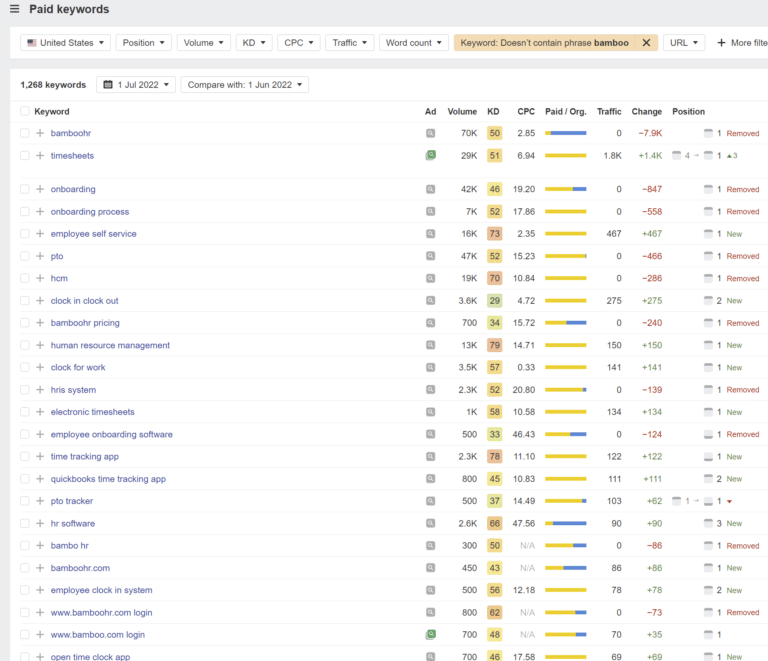
You can exclude brand words so that you are dealing directly with the keywords in their SaaS marketing content. You can also check out their ad copy for concepts that could be useful for your SaaS growth strategy.
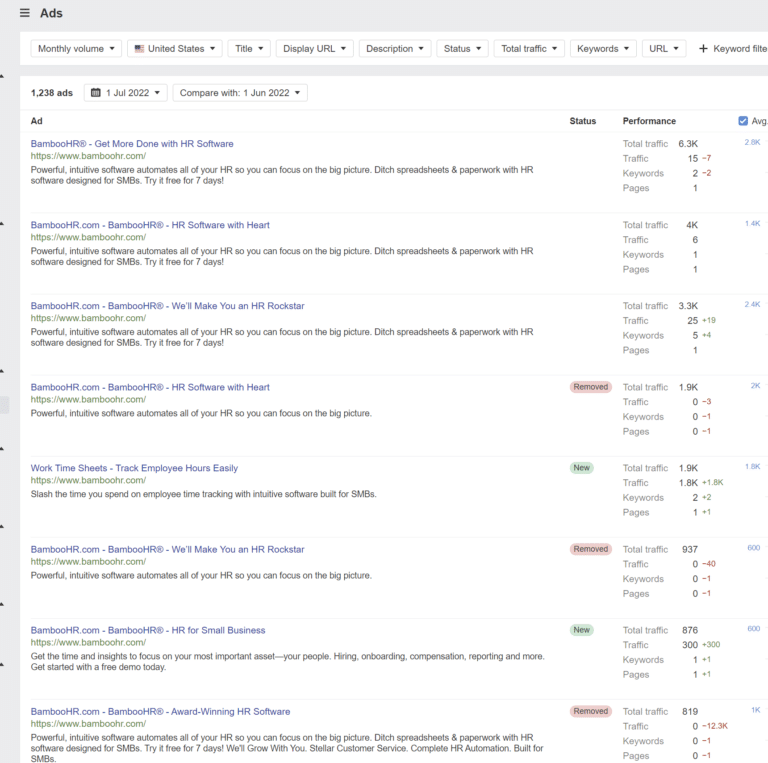
Other ways to generate relevant keywords are by analyzing customer reviews, running competitive keyword analysis, reviewing competitor campaigns and alternative pages, and using Google Suggest.
Ad Copy Optimization
Ad copy optimization is key in SaaS marketing, with the aim of engaging and motivating potential customers. Key elements to focus on include:
- Clarity: An effective ad copy clearly communicates what you offer to your customers.
- Compelling Message: Your ad should include a compelling element, like a unique storytelling approach or customer reviews, that draws the reader in.
- Compelling Offer: Actions often speak louder than words. An attractive offer, such as a free trial or access to high-quality content, can lead to more conversions than a well-crafted message alone.
- Tangible Benefits: Your ad copy should also highlight the specific benefits customers can gain by using your product, differentiating it from competitors.
- Consistent Tone: A good ad maintains a consistent tone throughout. This is typically conveyed by your choice of words and punctuation.
- Visual Elements: Visual materials like images, videos, and slides can grab and retain the customers’ attention, making your message more compelling.
- Call to Action: Your content should always guide customers towards a specific action.
- Response Mechanism: Anticipate customer responses and provide a mechanism for them, such as a link or form, to express their interest.
In addition, understanding your audience, running A/B tests, studying your competition, and consistently communicating your unique selling proposition (USP) are vital strategies in crafting an effective ad copy.
Landing Page Optimization
Landing pages play a crucial role in SaaS marketing strategies for lead generation, conversion increase, and customer retention. They guide customers further into the sales funnel. Key factors to consider while optimizing landing pages include:
- Strong Headline: A compelling headline that aligns with your ad copy and PPC keyword can encourage visitors to engage further.
- Clear Design: Landing pages should be neat, user-friendly, and aesthetically pleasing. The design should align with your brand and highlight important details.
- Brevity: Keep content concise, focusing on key details to maintain customer attention and drive conversion.
Remember, a landing page is not a homepage; it should be focused on leading the customer to the next phase of the sales funnel. Use a unique landing page for each campaign to avoid confusing visitors.
Ad Campaign Testing and Experimentation
Experimentation is crucial in understanding your audience and identifying the most effective marketing strategies. You can test various aspects of your ad campaigns:
- Layout: Experiment with ad structure, like image and text positioning, to observe audience response.
- Visuals: Vary pictures, videos, or carousel usage and measure engagement.
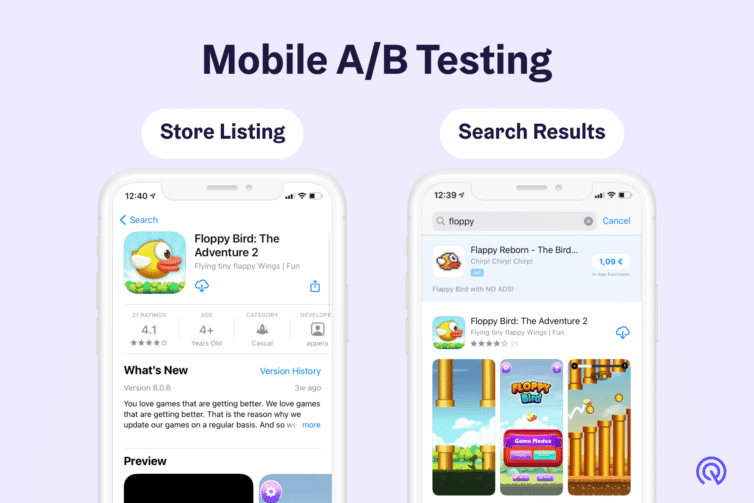
- Text: Alter ad copies, headings, calls to action, or even text length. You could add hashtags or emojis for variation.
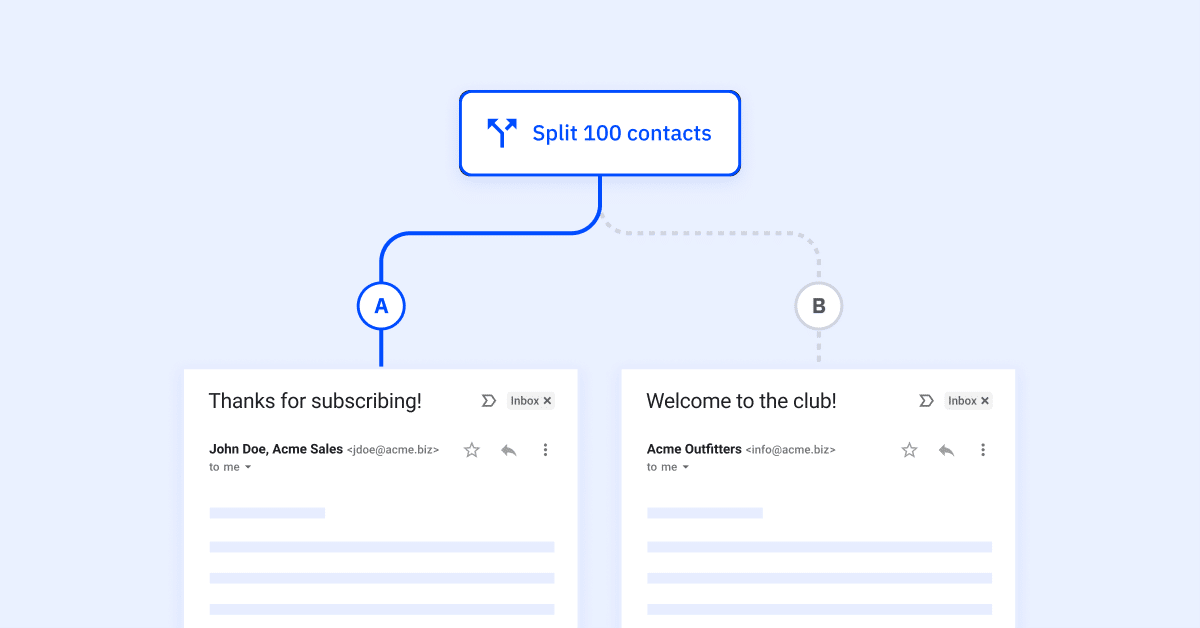
- Audience: Test various buyer personas to refine your target audience, adjusting demographics, interests, or locations.
- Placements: Run ads in different placements on social media to understand the best way to engage your audience.
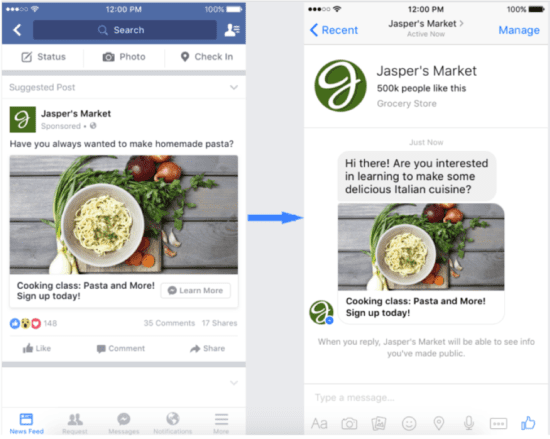
- Content and Channels: Use different content or channels to communicate the same message and determine which is most effective for your campaign.
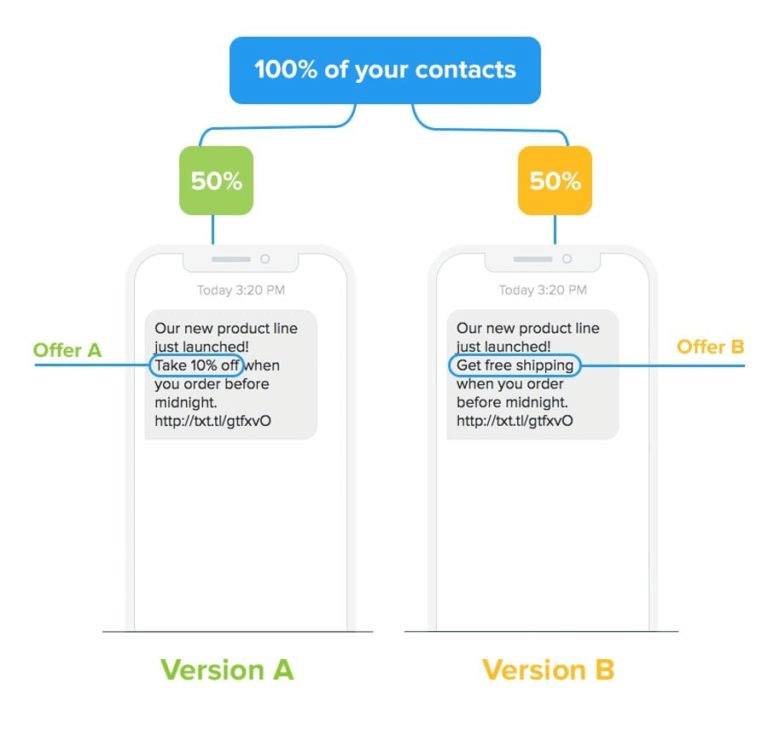
Monitoring and Maintenance Optimization of Ad Performance
Tracking ad performance is key to optimizing growth. This involves monitoring progress, running multi-channel campaigns, making real-time adjustments, and tailoring strategies to the customer journey. Based on the results, adjust your ad budget, placements, bids, marketing content, or target audience as needed.
Use PPC for SaaS Growth
SaaS businesses have a wide range of opportunities to be leveraged through PPC for SaaS optimization. Sometimes, you do not see the need for these strategies in the present time because nothing is rocking your SaaS marketing boat.
However, you do not need to wait for the storms to optimize your PPC strategies. SaaS PPC optimization is a good source of data that guides you in making subsequent marketing decisions.
It’s never too late to set new marketing goals. With the proven strategies for PPC for SaaS optimization, you can expect an upward surge in conversions and customer retention in your SaaS business.



